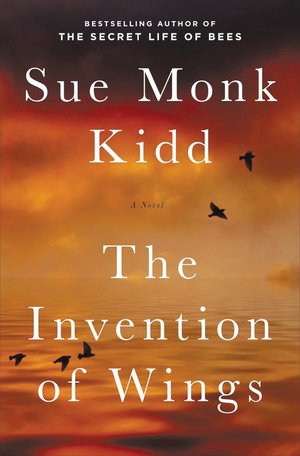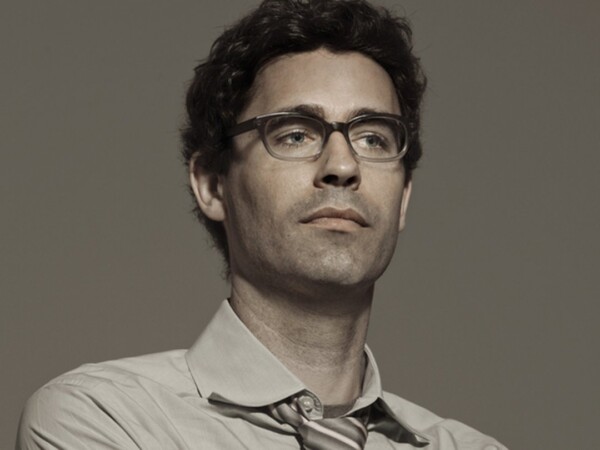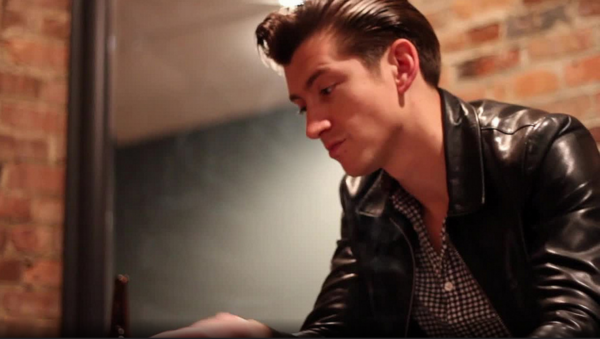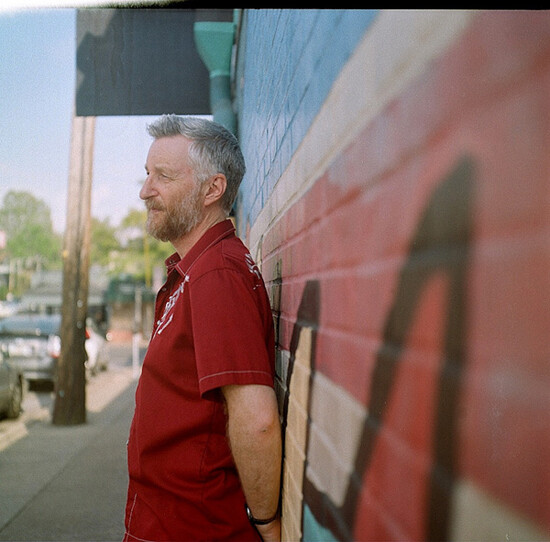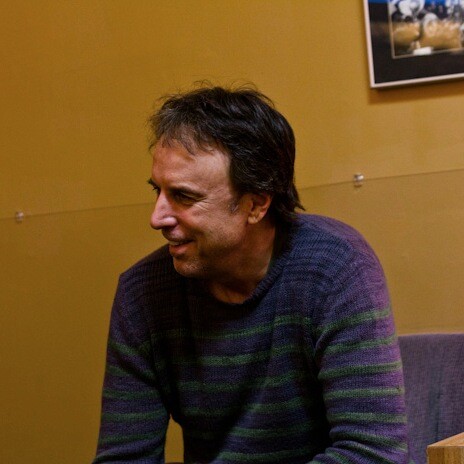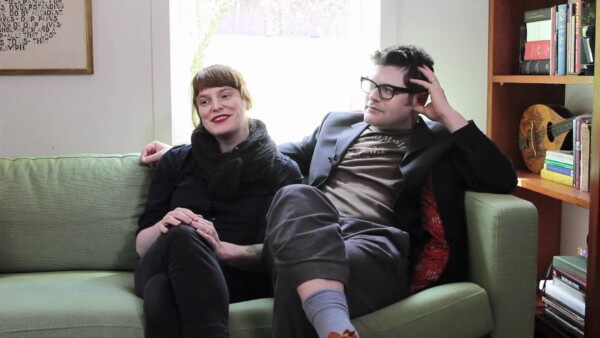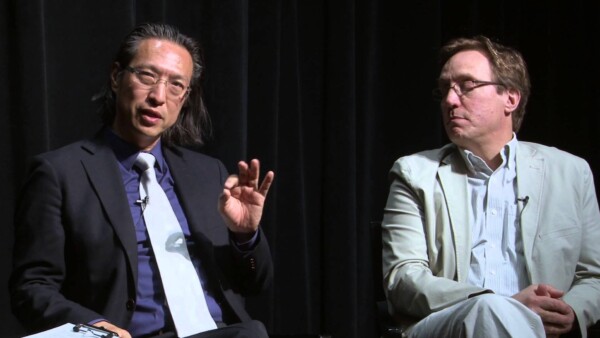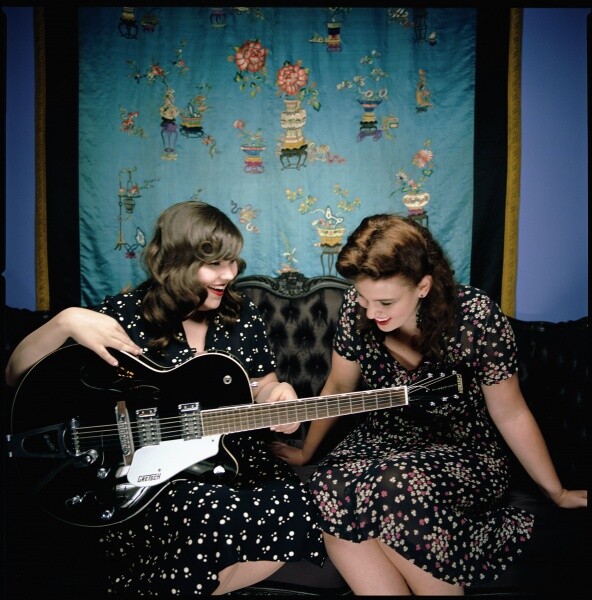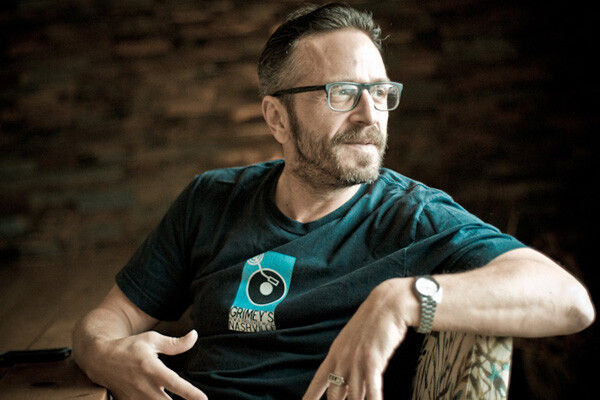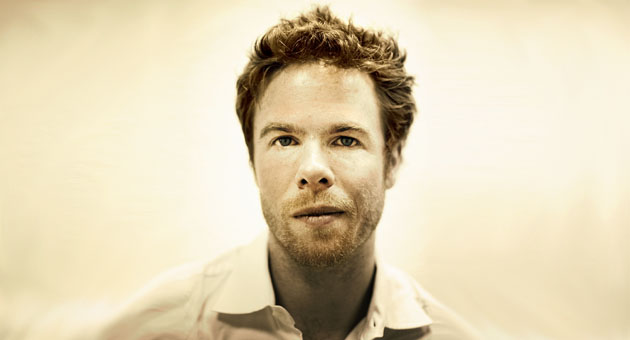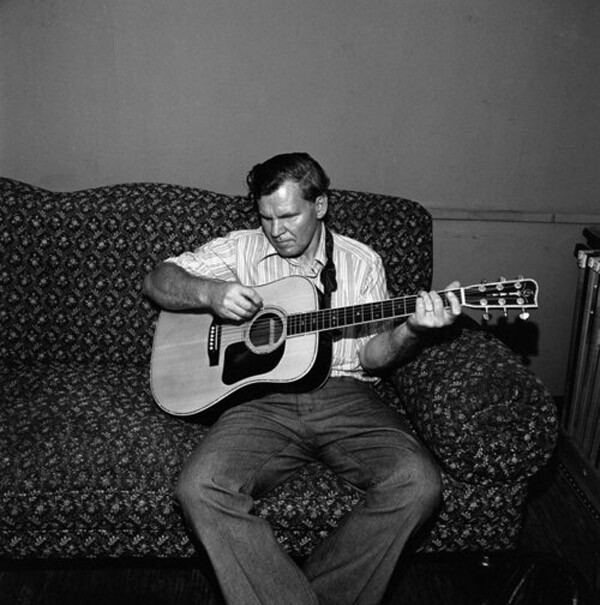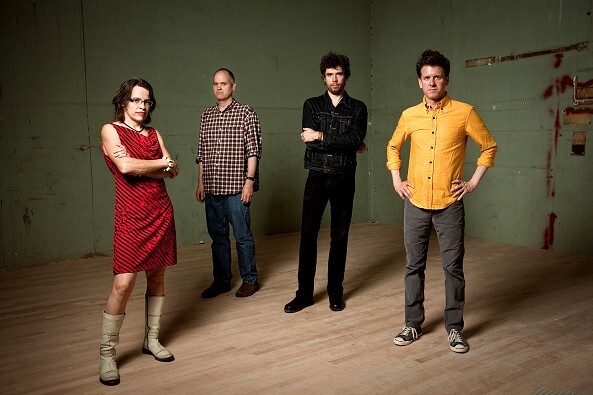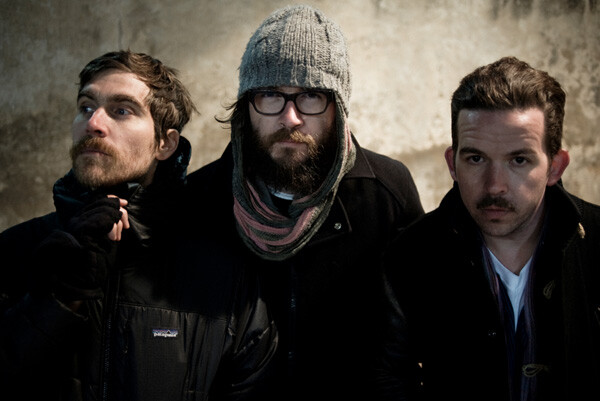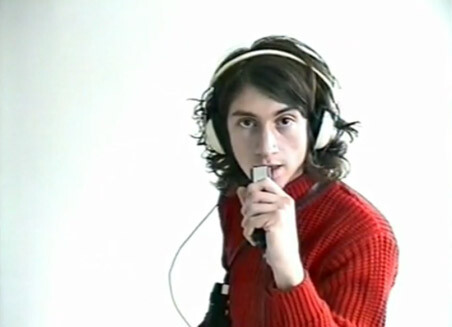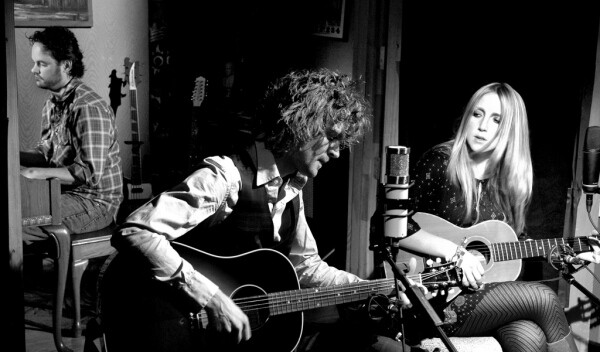“Drinks With†is an interview series started in 2009 by Skip and Timshel Matheny, currently songwriters in the band Roman Candle. The interviews are usually done in person and discuss the creative process.
Earlier this year, Timshel Matheny met up with critically-acclaimed author Sue Monk Kidd at The Hermitage Hotel in Nashville, Tennessee. Kidd was on tour for The Invention of Wings, her new novel featuring an urban slave in 19th-century Charleston.
Matheny: Could you describe some of the daily details of your writing habit? Is it true that you read a poem with your coffee every morning? Do you get up early, do you sit in the same spot? Do you write on a pad…?
Kidd: Well, I have coffee in the kitchen with a poem. I do read a poem almost every morning. Unless I’m really, really late, I have to get my poem in. I love Derek Walcott. I love Mary Oliver. I love Rilke. I mean, there are so many poets that I love and so many more to discover. So I do that, Usually with my husband. We live in Southwest Florida on the Gulf Coast, and so after that, I’ll go for a walk along the beach. That is how I prime myself to write, and then I come back and settle in for the day.
Matheny: And then you write for the whole day?
Kidd: Yes. I write the whole day. I keep even more than “banker’s hours.†By the time I finish my walk, it is about 9:00 when I start writing. And I write until sometimes 6 p.m. or later if I’m really working into a flow, and my husband has to come drag me out. That’s a typical day.
Matheny: Was that hard for you guys to get used to—you writing for that long? Or has it always been like that?
Kidd: Well, he’s retired now, so he is at home more. But he doesn’t mind. He just thinks, eventually, “enough is enough†and comes to get me out of there. But I can get very lost in my fictional worlds and traveling around in the 19th century.
I love the work; the process itself is wonderful. I mean, it’s not always smooth and easy. Occasionally, if I get stuck, I’ll go out and walk again.
Matheny: Do you read for input? I mean, when you are writing for that amount of time are you actually writing the whole time or are you in “input-mode†for some of that work time?
Kidd: I consider creative loitering “real writing.†I really do. [laughs]
Matheny: [laughs] Yeah. How do you justify that? As a fellow writer … how do you have sanity about that part of the process ? How do you not feel guilty about that time?
Kidd: I know. Well, we have to learn not to feel guilty about letting our imagination browse around, and you know, in writing fiction particularly. But I think, in any kind of writing, we have to learn to allow ourselves to approach it in a contemplative way. Sometimes I might just sit in my chair before my computer in the middle of a scene, close my eyes and I might sit there for 20 minutes while I imagine or let my thoughts flow in different directions.
Usually the first thing I think of is not the right thing. I know that people say that. But I think “going with the first thing†is flawed for me. It’s usually the third … [laughs] The “first thing†is often reflexive and rote—and too easy.
I feel like if we let ourselves be—what I call “creative loiteringâ€â€”I think it helps us to find the real thing we are searching for in our mind. The mind, the creative mind—you could call it the soul—whatever we are engaging with is often deep inside of us. It is an interior place. And our job, I think, as writers is to tap it, as artists is to find portals into this place.
And it takes time. It doesn’t work like our 24/7 world that is moving so rapidly with social media and the instant response. I think the soul works differently. It’s a more contemplative process that we have to be with. And so maybe this is why I am ridiculously slow as a writer. [laughs] I mean, it took me three and a half years to write this last novel.
Matheny: [laughs] To me that seems pretty quick.
Kidd: But I think we need just to sit with our imagination, with our thoughts, and allow things to come.
Matheny: Did you have to build that up? Like a practice? Is it hard to be patient with yourself in that way?
Kidd: Well, of course. We are trained to want it to be quick. We are so human and we want to take the quick and easiest route. But I think listening as a writer … we could call it listening, we could call it “creative loitering,†we can give it all kinds of names … but I think it is something that I had to cultivate. And just be patient. I’ve told myself, “Okay, your not the fastest writer on the block. And it’s okay. Let it be. Just accept it.â€
But it is just being “with it†and learning to love that experience of just “being with it.†And the real gratification each day is to know that you’ve found the best words, the deepest words, the truest words. You know?
Matheny: So do you keep a journal outside of your daily writing? You write so many different kinds of things: fiction, non-fiction, essays and novels. Do you keep all of these types of your writing separate, or do you let them all come and mash up together and just kind of see what rises to the top?
Kidd: Well, I write in a journal occasionally. But it is not a daily discipline for me. I used to do it more regularly, almost daily. I tend to do it now on a “need to†basis.
I sometimes start keeping a journal about the writing process itself. Particularly when I get the ideas, and I am trying to brood over the chaos phase. In writing a novel, you really have to brood over a lot of chaos of ideas and possibilities. And to dwell in the possibility of what “could be†creates anxiety sometimes, because there are so many directions that you could go. And that’s an art—to dwell in that and learn how to just be with it and brood with it and let it come. I have to write down how I feel about that.
And take walks because … I have to pace around sometimes—it’s maddening. I think it is a discipline to learn to do that.
1inventionofwings.jpgMatheny: I know that for the The Secret Life of Bees you made a collage that kind of grew over the process of the book and worked as a guide or reference during the writing of that novel. For The Invention of Wings, did you have anything similar to this that you used to help organize your thoughts? Did you have a story quilt?
Kidd: I always find a way to try and manage my thoughts—to keep me on track. It’s more of pointers to contain things for me, but they always evolve and change as you go, of course.
But yes, with The Secret Life of Bees I made a collage of images and it was a place to work from. I did the same thing with The Mermaid Chair.
However, with this book—it spans 30 years. It just didn’t lend itself to that, and it had a historical script. This was a different novel for me to write that I hadn’t written before. So I created what I call a “sort-of outline.†It was huge pieces of paper that I put up on the wall—I mean, really huge pieces. One for each part of the book, and there are six parts. And I drew a storyline for Sarah, one of my narrators. And I drew a storyline for my other narrator Hetty. And I marked scenes on them. And I tracked back and forth the chronology and what was happening in each chapter. And that gave me a way to know what was coming.
Now, I couldn’t fill them all in ahead by any stretch. I might know a few days ahead what might be coming. I knew for Sarah, because she is historical, kind of what she would be doing. But I had to entwine those stories, and they had to fit in a real historical chronology—in time and place. And so I had to figure out


